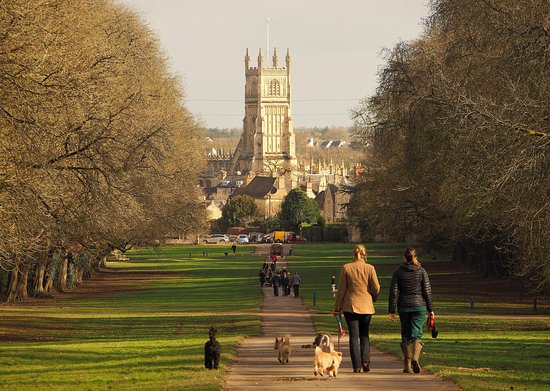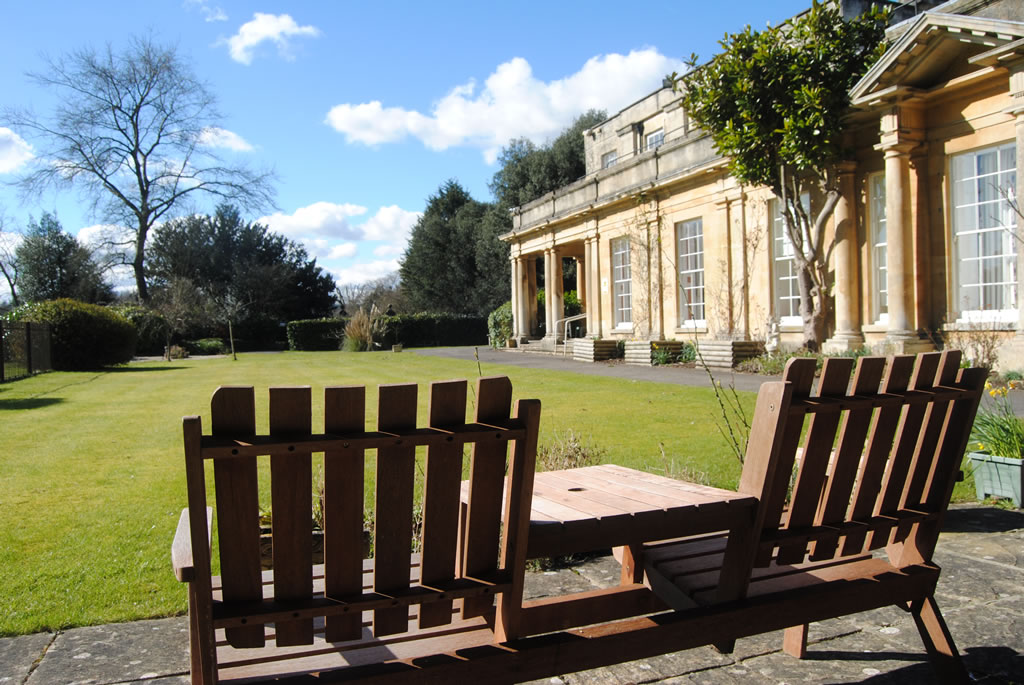 CIRENCESTER
CIRENCESTER
Cirencester is a market town in Gloucestershire, just 80 miles west of London. Cirencester lies on the River Churn, a tributary of the River Thames, and is the largest town in the Cotswolds. This historic Roman town is just minutes from beautiful countryside, picturesque Cotswold villages, and good road links via the M4 and M5 motorways.
History
Cirencester’s first information began after the invasion of Britain by the Emperor Claudius in AD 43. It was selected as the location for a military fort. Soon a civilian settlement grew up nearby, and however the fort was dismissed, the Roman Cirencester prospered. After a few centuries, in the 4th century, Roman civilization broke down and the Saxons captured the city. During the Middle Ages, next to the Roman remains, the city starts to grow again: it begins a market, an abbey is founded, and a hospital is built. It becomes a very prosperous wool town in the medieval period, which is the basis for the charming town with ancient honey-colored stone buildings in picturesque narrow streets that you can visit today.
Reconstruction of Cirencester
Cirencester Abbey
In the city center stands the Church of Saint John, which was rebuilt by the wool merchants of Cirencester. It is one of the largest parish churches in England and has been a place of Christian worship for well over a thousand years. Next to the church, in the square, there is a market full of both artisanal and culinary products of the area, usually open on Fridays.
The Abbey Grounds is hidden behind the Market Place and the Parish Church. The grounds contain the site of St Mary’s Abbey, which was consecrated in 1176 in the presence of Henry II, remaining until the Dissolution in 1539 when the Abbey was completely demolished. The only remaining building is the Norman Arch situated at the northeastern corner of the grounds. Originally, apart from the abbey buildings of the church, cloisters, and various residences for the Abbot, canons, and lay brothers, there were two sets of farm buildings in the bounds now marked by the far side of the lake (the former trout lake for the abbey), Dollar Street, and Spitalgate Lane. The rest of the grounds were used as gardens and to grow food for the abbey. Until 1963, some of the old farm and abbey buildings were still present, but these were removed to make way for the housing seen today.
The Park
Over the years Cirencester Park has been a deer park, a military base, a hospital, and the venue for a Glenn Miller concert. It was originally laid out in the 1700s as a deer park by the first Earl Bathurst. It remained that way until the First World War when it became a military camp, once home to the Warwickshire Yeomanry. During this time, the fences surrounding the deer park fell into disrepair and fallow deer escaped, a herd of which roam the Park to this day.
The Corinium Museum
Home to one of the largest collections of Romano-British antiquities extensively from Corinium, Roman Britain’s second largest city. You can find the work of Prehistoric metal smiths. Marvel at the Roman mosaics as you take a peek through the window of a Roman villa. Come face to face with the Anglo Saxons and their buried treasures. Be amazed by Medieval Sculpture, Civil War coin hoards, and experience the elegance of Victorian Cirencester. An inspiring and interactive experience for everyone.
The Roman Amphitheatre
Cirencester Amphitheatre was a Roman amphitheatre in Cirencester, Gloucestershire, England. Its remains are scheduled as an ancient monument.
Cirencester Lock-Up
The Cirencester Lock-Up is found in the grounds of the Cotswold District Council offices in Trinity Road. The Lock-Up has been restored and is now open to the public. It consists of a small two-cell building built in the 19th century and was used to hold criminals in the days before the police force was established. It was moved to its present position, stone by stone, in 1837 to form part of the new town workhouse opened in that year.
Abbey Home Farm
Abbey Home Farm is a 1600-acre mixed organic farm with an award-winning farm shop, café, cookery and craft short residential courses, school educational visits, organic textiles, a Cotswold stone holiday cottage, yurts, and a greenfield campsite. The farm shop is supplied with produce from the farm: meat, eggs, honey, flour (made into bread in our micro bakery), cheeses, yoghurt, cream, and butter using milk from our Shorthorns. Vegetarian during the week, the café is famous for its salads inspired by over 150 varieties of vegetables and soft fruit grown in the garden. Enjoy the farm trail and then a traditional Sunday lunch, showcasing meat from the farm.
Jacks Tea Room and Kitchen
Jacks Tearoom & Kitchen, nestled in the backstreets of Cirencester, is the perfect place to stop off for a bite to eat or a spot of tea. Aptly named, this tearoom has 8 different loose-leaf teas available along with classic English Breakfast Tea.
Watermoor House
Watermoor House Residential Care Home is a charitable organization located in the heart of the historic market town of Cirencester, capital of the Cotswolds. This elegant Georgian manor house with its beautifully maintained gardens is just minutes from all the amenities of Cirencester and within easy reach of both the M4 and M5 motorways.
